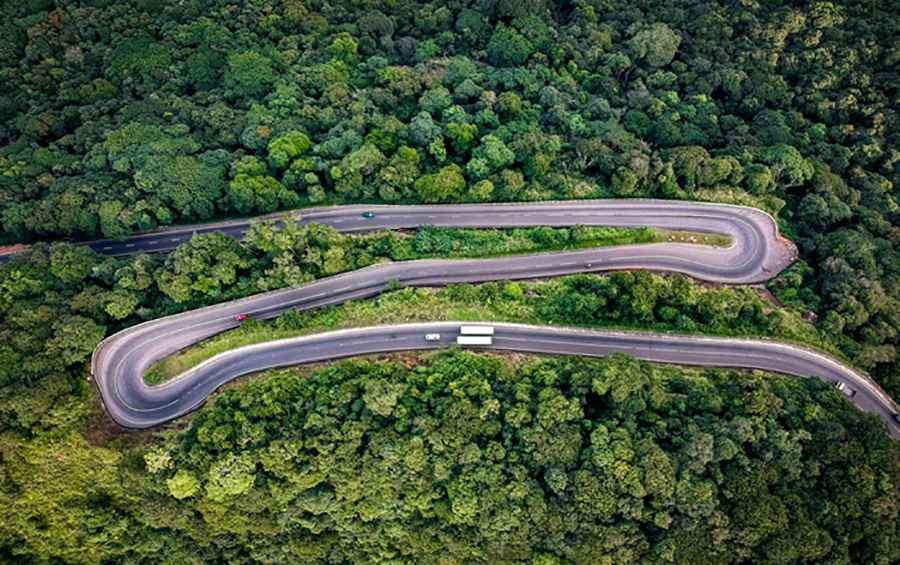What Does It Take to Build Infrastructure on the World’s Riskiest Roads?
Building roads isn’t for the faint of heart. Especially not when those roads happen to snake through the Himalayas, cling to the Andes, or cross deserts that get hotter than a pizza oven on game day. These are not your average cul-de-sacs. We’re talking about infrastructure projects where a single misstep means more than just a bad Yelp review – it could mean a helicopter rescue.

So, what does it really take to pull off construction in some of the most extreme environments on Earth? Let’s dig in (pun fully intended).
From Chaos to Control: Technology to the Rescue
No matter how daring the environment, one truth remains universal: clear, consistent project management is a game-changer. Especially when you’re working across time zones, mountain ranges, or patchy satellite signals.
This is where digital tools step in, like the unsung heroes they are.
For trades like carpentry, where accurate cost estimation and invoicing can make or break a project (sometimes literally), software that simplifies these processes is critical. Tools like Joist software for carpenters streamline everything from estimates to payments, helping contractors focus on their actual work, rather than wrestling with rogue spreadsheets at 2 a.m.
Imagine this: You’re on a windy ridge, one boot in the mud, trying to estimate labor costs for a cantilevered deck. Would you rather scribble numbers on the back of a sandwich wrapper or click a few buttons on an app that syncs with your whole team back home? Exactly.
The Blueprint for Building in the Danger Zone
Building infrastructure in rugged, high-risk areas is like conducting a symphony in a hurricane. Success requires more than technical know-how. It demands a perfect storm of planning, adaptability, and tools sharp enough to handle both budget battles and Mother Nature's mood swings.
Here are just a few essentials in the contractor’s toolbelt:
- Craftsmanship With a Capital C: You can’t afford to cut corners when your road is hugging a cliff 2,000 feet above sea level. These projects demand skilled tradespeople who can make every measurement count and still have the nerve to look down.
- Foresight and Risk Assessment: Building on unstable ground? You’ll need more than a gut feeling. Contractors must anticipate everything from landslides to llama traffic. Yes, really.
- Resource and Budget Control: The only thing more dangerous than the terrain might be the budget spreadsheet. Every wrong turn in planning can cost thousands—or worse, your client’s confidence.
- Technology That Doesn’t Quit: This isn’t the place for outdated spreadsheets and sticky notes. Specialized software helps teams map out timelines, allocate resources, and keep everyone (mostly) sane.
Final Thoughts
Extreme infrastructure projects teach us a few things about life and leadership:
- You need the right people, not just the right equipment
- Preparation isn’t optional – it’s survival
- Communication has to be clear, even when you’re yelling over a diesel generator
- And yes, sometimes your best tool is your phone (preferably with 5 bars of signal and 2 coffee refills)
From digital platforms to drone mapping, the tools available today give contractors a fighting chance against unpredictable environments and equally unpredictable budgets. Whether you’re laying rebar in Peru or quoting a deck job in Pennsylvania, success comes down to the same mix of smarts, skill, and software.
So the next time someone says, “It’s just a road,” feel free to raise an eyebrow. Because sometimes, building that road means outsmarting the Earth itself, with a little help from craftsmanship, courage, and cloud-based apps.
Source: Pexels